Comprehensive Dental Solutions
Delivering high-quality dentistry with precision.
Comprehensive Dental Solutions
Delivering high-quality dentistry with precision.
Our Services
We provide a wide range of dental services.
Orthodontics
Much more than a beautiful smile
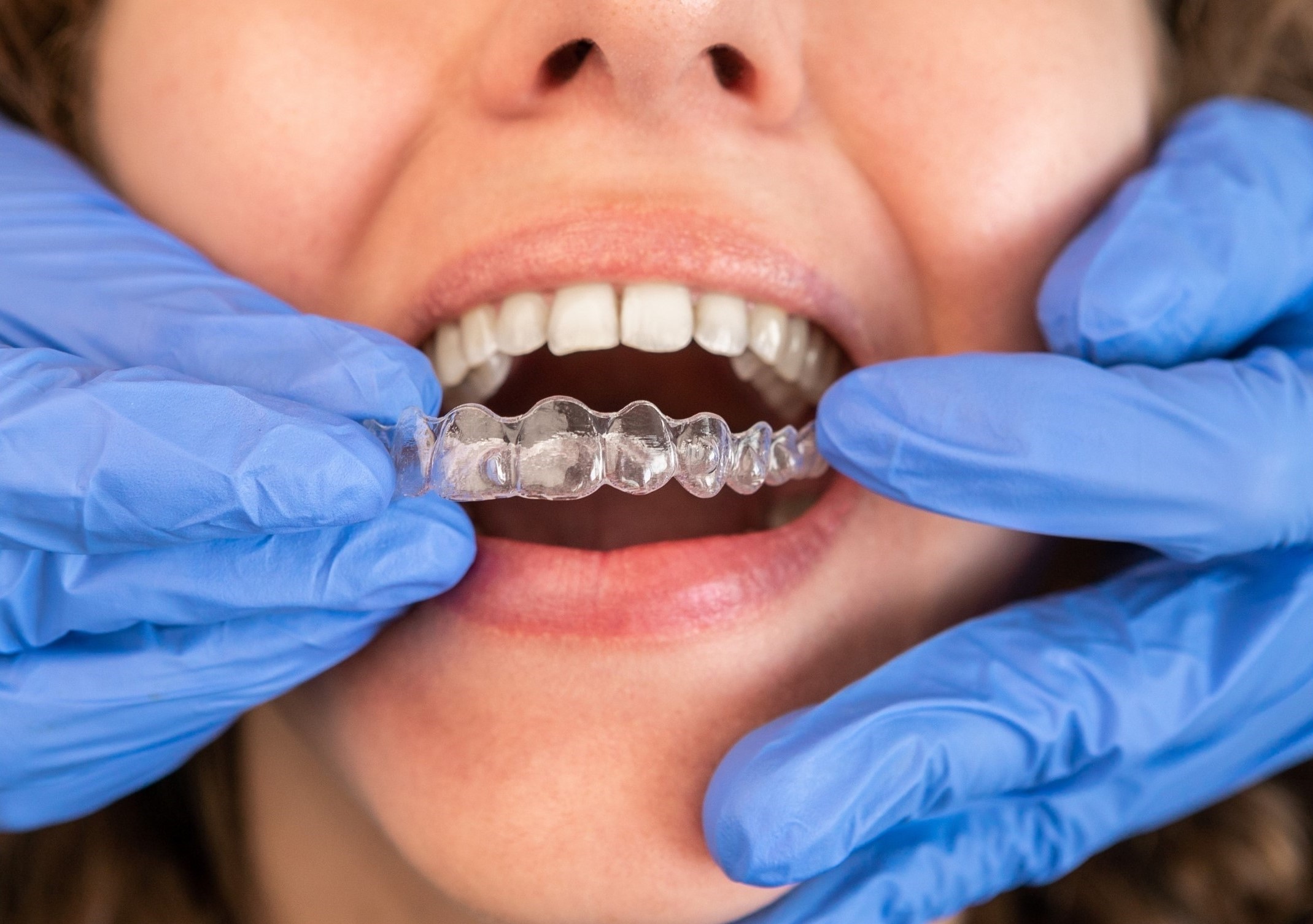
Although teeth alignment is often associated with aesthetics alone, the benefits extend far beyond appearance. Crooked teeth can cause a range of complications that directly affect your health and well-being.
Among the most common problems are:
• Greater tendency to develop caries, due to the difficulty in cleaning
• Difficulty chewing, speaking and breathing
• Headache, pain in the face or spine
• Postural problems, due to incorrect positioning of the jaw.
Orthodontics is the area of dentistry that specializes in correcting these malpositions of teeth and jaws. By means of fixed or removable braces, this specialty promotes the correct alignment of the teeth and jaws, which not only provides a harmonious smile, but also a significant functional improvement of the oral and general health.
Implantology
Restoring Your Smile with Safety and Durability
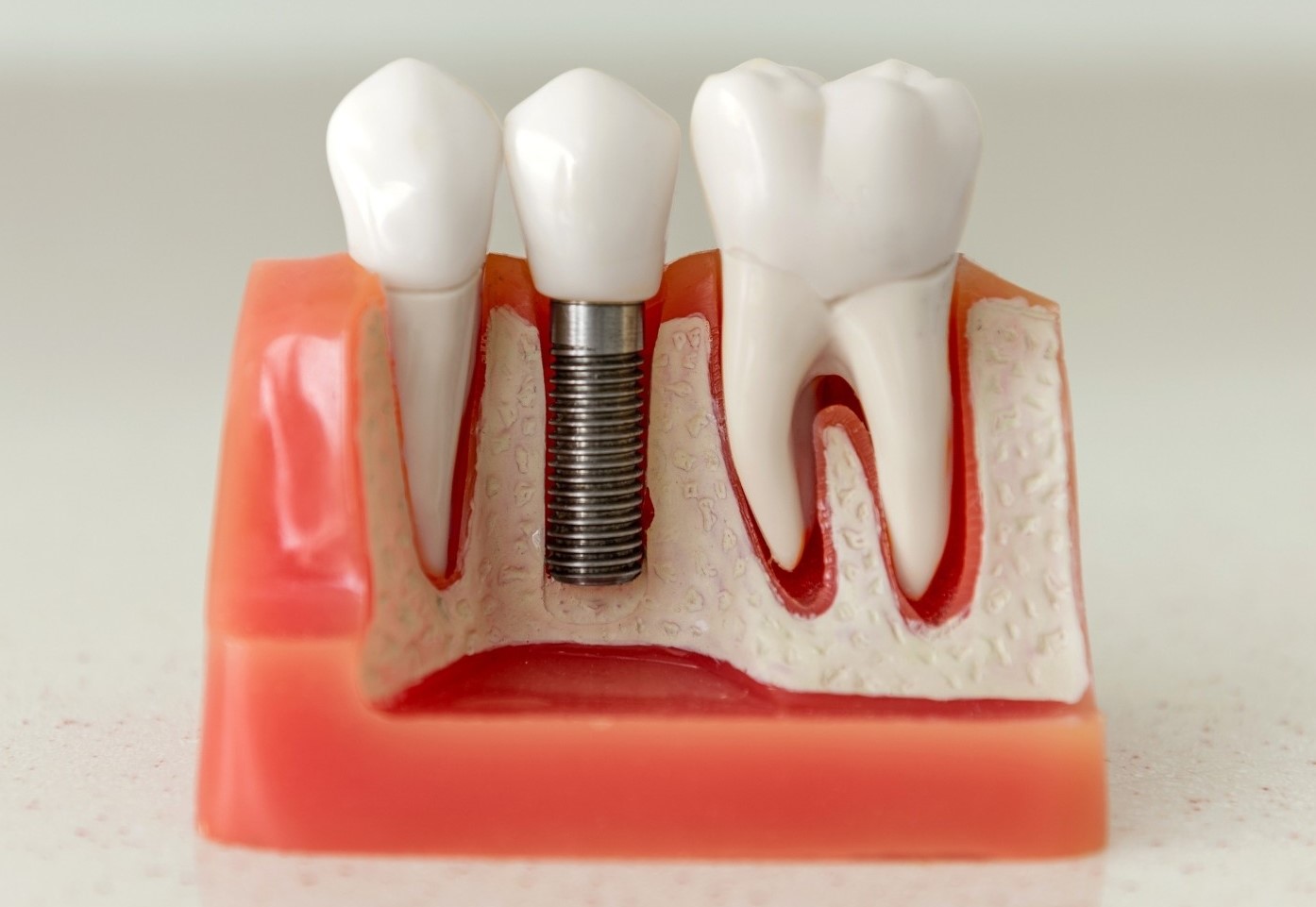
The partial or complete loss of teeth can profoundly affect the quality of life. More than an aesthetic issue, the absence of teeth compromises essential functions such as chewing and speaking, with a direct impact on physical health and emotional well-being.
When it is no longer possible to restore natural teeth, oral implantology emerges as the most effective and long-lasting solution. Dental implants are small titanium structures that are placed in the jawbone and act as artificial roots to support crowns, bridges or dentures.
Among the various oral rehabilitation options, implants stand out by providing results that are very close to natural teeth, both in appearance and functionality. Furthermore, with proper care, they can last for many years — making them a safe, comfortable, and long-lasting choice.
Oral Hygiene
A healthy smile year round
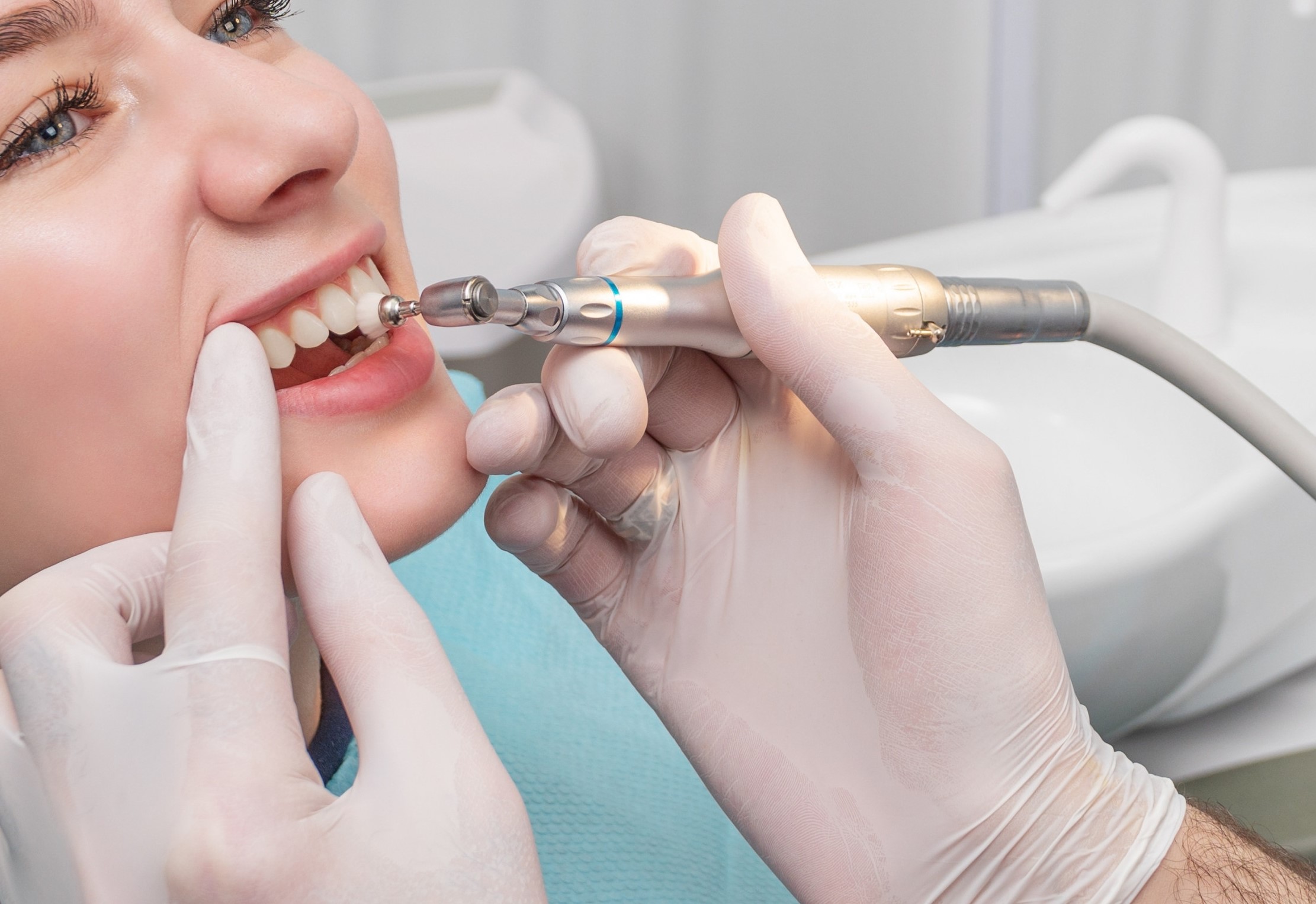
Despite the importance of daily oral hygiene, it is essential to have a professional cleaning done periodically by a dental hygienist or dentist. This professional can remove plaque and tartar more thoroughly than is possible at home.
Oral hygiene is therefore the result of teamwork between the dental hygienist or dentist and the patient, whereby the main cause of oral diseases is successfully eliminated: dental plaque.
Teeth Whitening
Restoring Your Smile with Safety and Durability
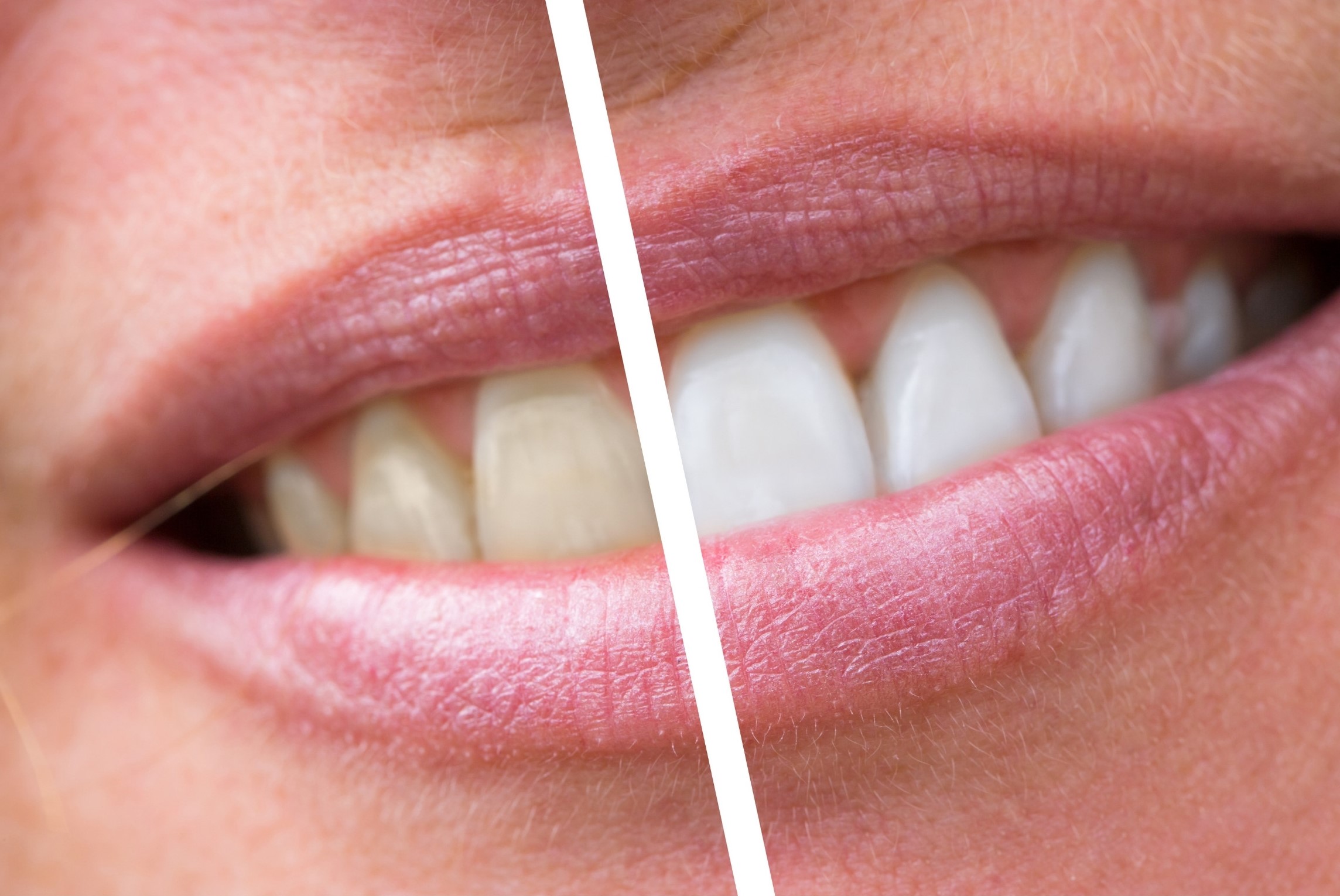
Teeth whitening is an aesthetic, effective and minimally invasive treatment that aims to lighten the outer layer of the teeth, resulting in a brighter and more pleasant smile.
This procedure is divided into two categories: bleaching of vital teeth (with living pulp) and non-vital teeth, i.e. teeth that have already undergone endodontic treatment (devitalization). This means that both healthy teeth and teeth that have already been treated can undergo the bleaching process.
The treatment is performed by applying a specific gel to the tooth surface. The active ingredient in the gel reacts with the tooth enamel, changing the natural color and creating a lighter shade.
The two most common methods of teeth whitening are:
• In-office bleaching, performed by a professional, usually with higher concentration products
• Home bleaching (or outpatient bleaching), performed by the patient at home, under the guidance and supervision of the dentist..
Oral Surgery
Treating Oral Conditions with Precision and Care
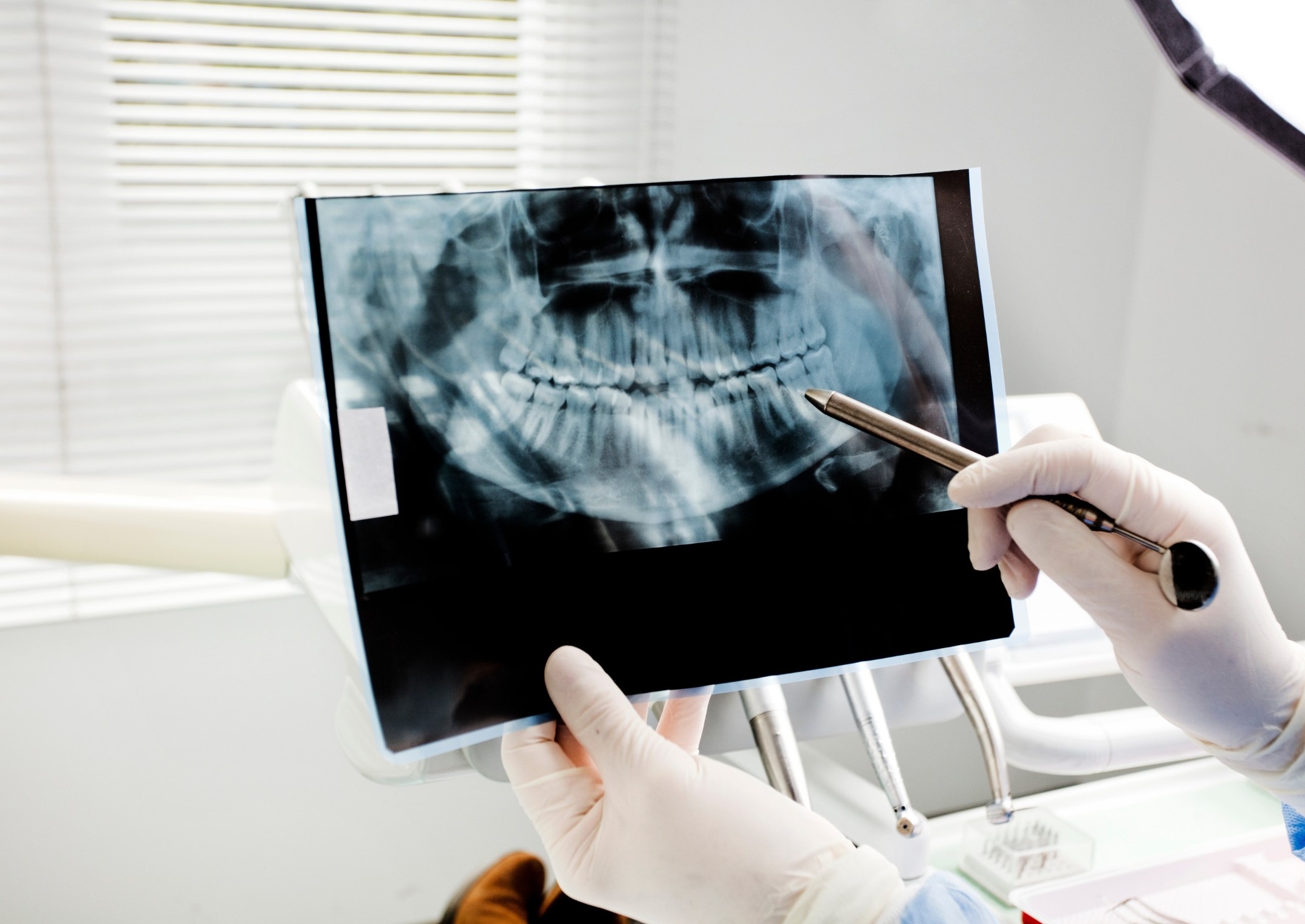
Oral surgery is the field of dentistry that deals with the diagnosis, prevention and surgical treatment of pathologies, injuries or changes in the oral cavity.
It includes various surgical interventions, such as:
• Elimination of infection by drainage of abscesses
• Extraction of teeth that cannot be restored or rehabilitated
• Extraction of wisdom teeth or impacted (non-erupting) teeth
• Exposing impacted teeth for orthodontic traction
• Removal of lesions in the oral cavity (cysts) and biopsy of potentially malignant lesions (oral cancer) for anatomopathological examination
• Regeneration or transplantation of hard (bone) or soft (gum) tissues
• Placement of dental implants in edentulous (toothless) spaces to replace lost teeth
• Gingivectomy (removal of excess gum tissue) or crown lengthening (removal of excess gum tissue and bone) to improve aesthetic patterns and harmonize the gum level in the smile
Oral Rehabilitation
Restoring Smiles, Regaining Confidence
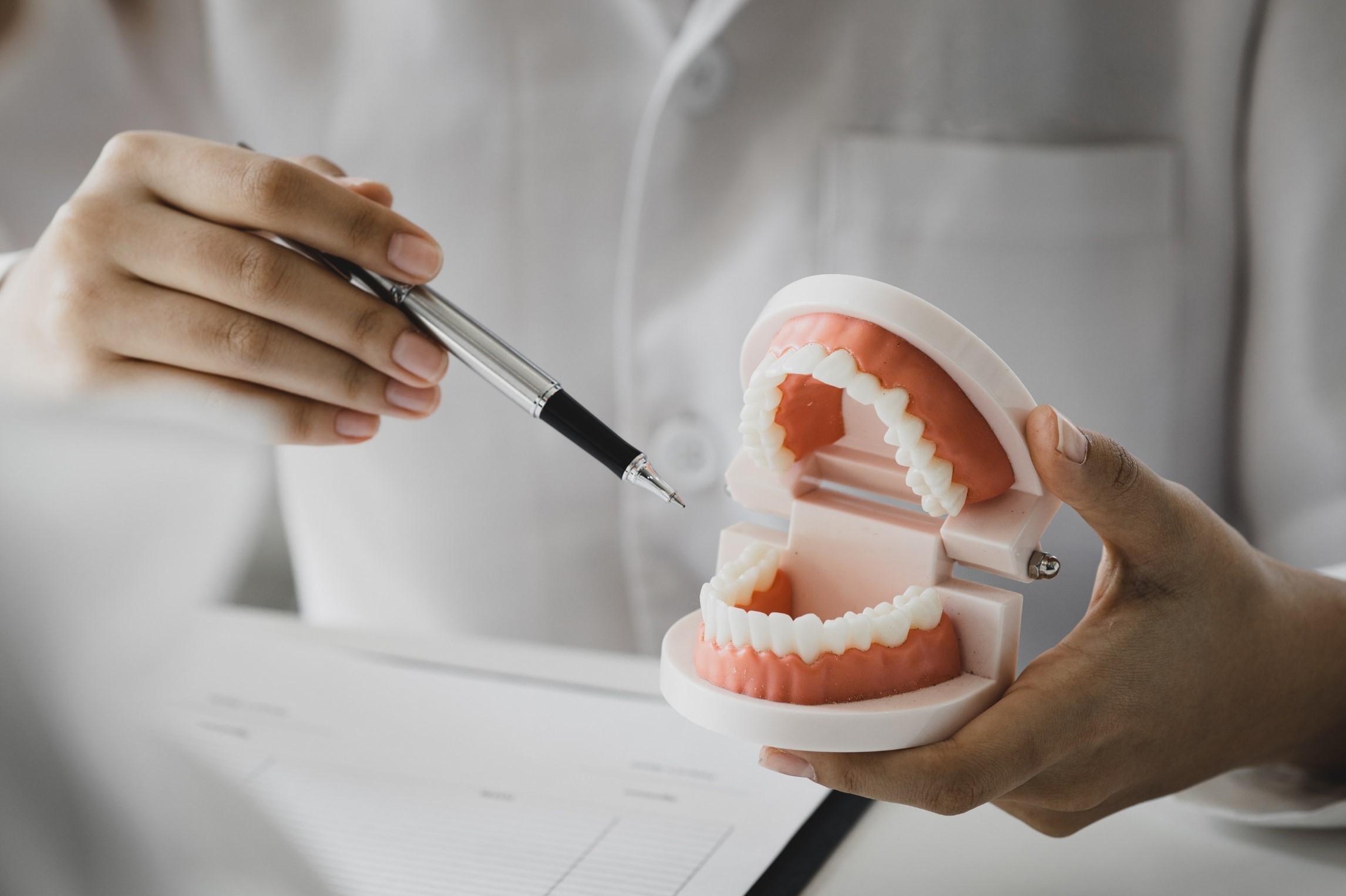
The quest for a harmonious and natural smile has grown significantly, driven by the continuous advances in dental materials and clinical techniques. Oral rehabilitation is emerging as a fundamental area of dentistry, focusing not only on function, but also on aesthetics and the overall well-being of the patient.
By restoring damaged or lost teeth, oral rehabilitation directly contributes to improving personal image, self-esteem and quality of life. More than an aesthetic issue, it is about giving the patient back the ability to smile, speak and chew with confidence and comfort.
This type of intervention makes it possible to correct several aspects, such as:
• Shape, size and position of the teeth
• Alignment, symmetry and proportion of the smile
• Texture and color of the tooth surface.
Due to its complexity and the need for personalization, oral rehabilitation often includes other dental specialties, such as implantology, orthodontics, periodontology or aesthetic dentistry — ensuring a complete approach tailored to each case.
Restorative Dentistry
Treating Oral Conditions with Precision and Care

Restorative dentistry is a specialty of dentistry that focuses on restoring lost tooth structure caused by caries, fractures, or other types of trauma. The primary goal is to restore the form, function, and aesthetics of the teeth while preserving as much of the natural structure as possible.
One of the most common procedures in this field are dental restorations that restore the original color and shape of the teeth, which not only ensures oral health, but also the harmony of the smile.
Other treatments that are also performed within restorative dentistry are:
• Close diastemas (small spaces between the teeth)
• Restores teeth with endodontic treatment
• Treats teeth whose shape patients do not like (minor shape changes)
• Elevates the bite for occlusal stabilization.
It is therefore an essential area to maintain the integrity of the teeth and avoid more invasive treatments in the future.
Our Services
We provide a wide range of dental services.

Orthodontics
Much more than a beautiful smile
Although teeth alignment is often associated with aesthetics alone, the benefits extend far beyond appearance. Crooked teeth can cause a range of complications that directly affect your health and well-being.
Among the most common problems are:
• Greater tendency to develop caries, due to the difficulty in cleaning
• Difficulty chewing, speaking and breathing
• Headache, pain in the face or spine
• Postural problems, due to incorrect positioning of the jaw.
Orthodontics is the area of dentistry that specializes in correcting these malpositions of teeth and jaws. By means of fixed or removable braces, this specialty promotes the correct alignment of the teeth and jaws, which not only provides a harmonious smile, but also a significant functional improvement of the oral and general health.
Implantology
Restoring Your Smile with Safety and Durability
The partial or complete loss of teeth can profoundly affect the quality of life. More than an aesthetic issue, the absence of teeth compromises essential functions such as chewing, speaking and even breathing, with a direct impact on physical health and emotional well-being.
When it is no longer possible to restore natural teeth, oral implantology emerges as the most effective and long-lasting solution. Dental implants are small titanium structures that are placed in the jawbone and act as artificial roots to support crowns, bridges or dentures.
Among the various oral rehabilitation options, implants stand out by providing results that are very close to natural teeth, both in appearance and functionality. Furthermore, with proper care, they can last for many years — making them a safe, comfortable, and long-lasting choice.


Oral Hygiene
A healthy smile year round
Despite the importance of daily oral hygiene, it is essential to have a professional cleaning done periodically by a dental hygienist or dentist. This professional can remove plaque and tartar more thoroughly than is possible at home.
Oral hygiene is therefore the result of teamwork between the dental hygienist or dentist and the patient, whereby the main cause of oral diseases is successfully eliminated: dental plaque.
Teeth Whitening
Restoring Your Smile with Safety and Durability
Teeth whitening is an aesthetic, effective and minimally invasive treatment that aims to lighten the outer layer of the teeth, resulting in a brighter and more pleasant smile.
This procedure is divided into two categories: bleaching of vital teeth (with living pulp) and non-vital teeth, i.e. teeth that have already undergone endodontic treatment (devitalization). This means that both healthy teeth and teeth that have already been treated can undergo the bleaching process.
The treatment is performed by applying a specific gel to the tooth surface. The active ingredient in the gel reacts with the tooth enamel, changing the natural color and creating a lighter shade.
The two most common methods of teeth whitening are:
In-office bleaching, performed by a professional, usually with higher concentration products
Home bleaching (or outpatient bleaching), performed by the patient at home, under the guidance and supervision of the dentist.


Oral Surgery
Treating Oral Conditions with Precision and Care
Oral surgery is the field of dentistry that deals with the diagnosis, prevention and surgical treatment of pathologies, injuries or changes in the oral cavity.
It includes various surgical interventions, such as:
Elimination of infection by drainage of abscesses
Extraction of teeth that cannot be restored or rehabilitated
Extraction of wisdom teeth or impacted (non-erupting) teeth
Exposing impacted teeth for orthodontic traction
Removal of lesions in the oral cavity (cysts) and biopsy of potentially malignant lesions (oral cancer) for anatomopathological examination
Regeneration or transplantation of hard (bone) or soft (gum) tissues
Placement of dental implants in edentulous (toothless) spaces to replace lost teeth
Gingivectomy (removal of excess gum tissue) or crown lengthening (removal of excess gum tissue and bone) to improve aesthetic patterns and harmonize the gum level in the smile
Oral Rehabilitation
Restoring Smiles, Regaining Confidence
The quest for a harmonious and natural smile has grown significantly, driven by the continuous advances in dental materials and clinical techniques. Oral rehabilitation is emerging as a fundamental area of dentistry, focusing not only on function, but also on aesthetics and the overall well-being of the patient.
By restoring damaged or lost teeth, oral rehabilitation directly contributes to improving personal image, self-esteem and quality of life. More than an aesthetic issue, it is about giving the patient back the ability to smile, speak and chew with confidence and comfort.
This type of intervention makes it possible to correct several aspects, such as:
Shape, size and position of the teeth
Alignment, symmetry and proportion of the smile
Texture and color of the tooth surface.
Due to its complexity and the need for personalization, oral rehabilitation often includes other dental specialties, such as implantology, orthodontics, periodontology or aesthetic dentistry — ensuring a complete approach tailored to each case.


Restorative Dentistry
Treating Oral Conditions with Precision and Care
Restorative dentistry is a specialty of dentistry that focuses on restoring lost tooth structure caused by caries, fractures, or other types of trauma. The primary goal is to restore the form, function, and aesthetics of the teeth while preserving as much of the natural structure as possible.
One of the most common procedures in this field are dental restorations that restore the original color and shape of the teeth, which not only ensures oral health, but also the harmony of the smile.
Other treatments that are also performed within restorative dentistry are:
Close diastemas (small spaces between the teeth)
Restores teeth with endodontic treatment
Treats teeth whose shape patients do not like (minor shape changes)
Elevates the bite for occlusal stabilization.
It is therefore an essential area to maintain the integrity of the teeth and avoid more invasive treatments in the future.
Testimonials
What our patients think
Frequently Asked Questions
What dental services do you offer?
We provide a full range of services including general dentistry, orthodontics, Invisalign, teeth whitening, cosmetic treatments, dental implants, and preventive care.
Is teeth whitening safe?
Yes, our professional whitening treatments are safe and supervised by experienced dental professionals to ensure optimal results without harming your teeth.
How often should I visit the dentist?
We recommend visiting every 6 months for a routine check-up and cleaning, or more frequently if advised by your dentist.
What can I expect during my first visit?
Your first visit will include a comprehensive exam and a discussion of the treatment goals you may have.
How do I know if I need cosmetic dentistry?
If you’re looking to improve the appearance of your smile—through whitening, veneers, or reshaping—cosmetic dentistry may be a great option for you. We’ll guide you based on your goals.
Do you accept insurance?
Yes, we accept most major dental insurance plans. Please contact us to confirm whether we work with your specific provider.
See how we can help you and contact us today!
From Monday to Friday, our team is here to help you!

Testimonials
What Our
Patients Think
Frequently Asked Questions
What dental services do you offer?
We provide a full range of services including general dentistry, orthodontics, Invisalign, teeth whitening, cosmetic treatments, dental implants, and preventive care.
Is teeth whitening safe?
Yes, our professional whitening treatments are safe and supervised by experienced dental professionals to ensure optimal results without harming your teeth.
How often should I visit the dentist?
We recommend visiting every 6 months for a routine check-up and cleaning, or more frequently if advised by your dentist.
Do you accept insurance?
Yes, we accept most major dental insurance plans. Please contact us to confirm whether we work with your specific provider.
What can I expect during my first visit?
Your first visit will include a comprehensive exam and a discussion of the treatment goals you may have.
How do I know if I need cosmetic dentistry?
If you’re looking to improve the appearance of your smile—through whitening, veneers, or reshaping—cosmetic dentistry may be a great option for you. We’ll guide you based on your goals.
See how we can help you and contact us today!
From Monday to Friday, our team is here to help you!

Company number: 0673922049
Our dentists are not bound by convention
© Copyright 2025 Tandant. All Rights Reserved.
Company number: 0673922049 — Our dentists are not bound by convention
© Copyright 2025. Tandant. All Rights Reserved.



